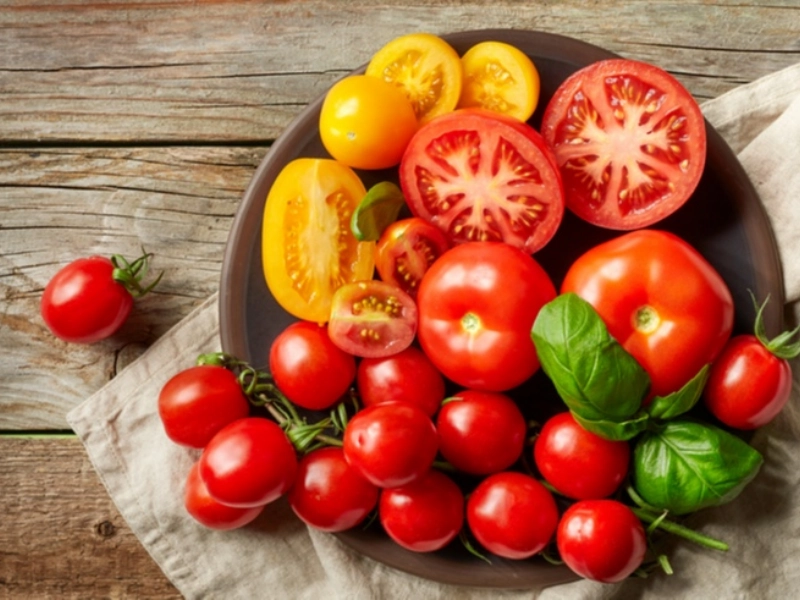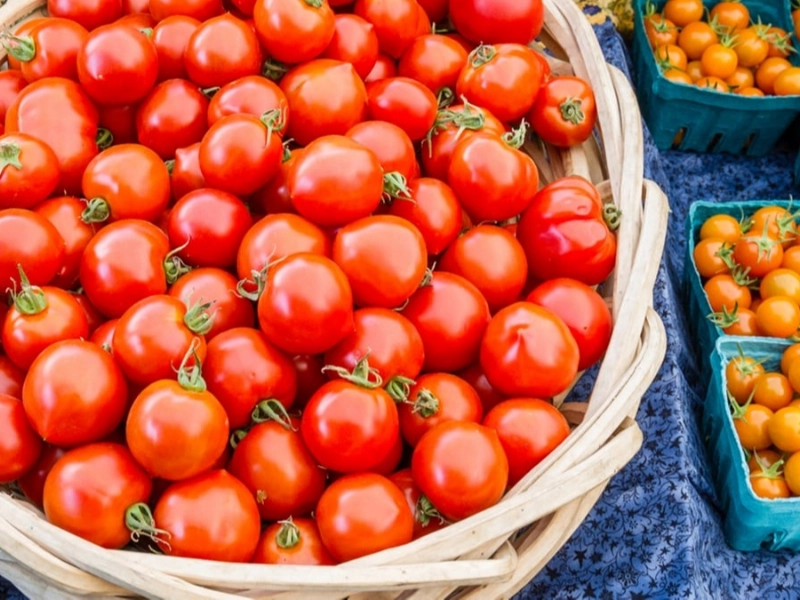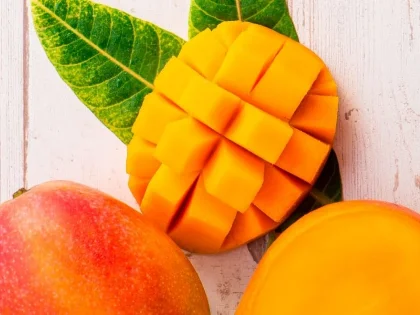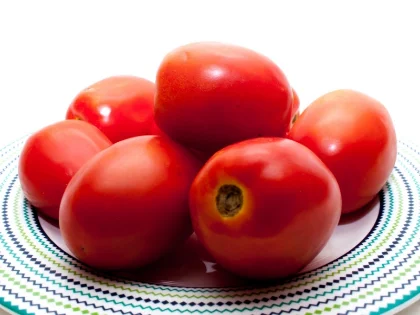Tomatoes are a rich source of important nutrients. They are an excellent source of vitamin C, vitamin A, and lycopene. Moreover, they contain a lot of potassium.
Tomatoes include a potent antioxidant called lycopene, which can help against cancer, heart disease, and UV damage. In addition, it reduces cholesterol, blood pressure, and atherosclerosis.
They offer a good lycopene source.

Advertisement
Lycopene, an antioxidant that guards against cancer and heart disease, is abundant in tomatoes. It can also stop blood clots and lower harmful cholesterol levels. Additionally, it has been shown to help prevent eye conditions like glaucoma and age-related macular degeneration, as well as relieve headaches. In addition, the vitamin has anti-free radical properties and can even stave off gum disorders like periodontitis and gingivitis. Eating tomatoes and other high-lycopene foods like watermelon, cantaloupe, papaya, and red grapes is the best method to get this antioxidant.
Because red tomatoes contain lycopene, many people think they are the healthiest type of tomato. This isn't always the case, though. According to studies, orange tomatoes have a kind of lycopene that is more readily absorbed by humans than red tomatoes. In one study, participants ate pasta with sauce produced from both orange and red tomatoes. Following the lunch, the subjects' blood lycopene levels and oxidative damage were assessed by the investigators.
They offer a good potassium supply.

To top it off, tomatoes are a great source of potassium and lycopene, an antioxidant. This substance may aid in preventing solar damage and is known to improve heart health. Red tomatoes are the best source of lycopene, containing 530 milligrams per cup. A significant quantity of this mineral can also be found in watermelon, fried white button mushrooms, and clams.
Leafy vegetables are another excellent source of potassium. Swiss chard or kale provide you with close to 429 mg of this vitamin in one cup. These veggies are also high in calcium, iron, and vitamin C.
Vitamin A is also abundant in tomatoes. Six percent of a woman's and five percent of a man's daily needs for this vitamin are met by one cup of tomatoes. Conversely, oranges provide only 2 percent of a woman's daily intake and 1 percent of a man's. Oranges and tomatoes are both excellent sources of beta-carotene, which your body may use to make vitamin A.
They are a good source of vitamin C.

A good source of vitamin C, which is necessary for numerous bodily processes, is tomatoes. They are also a fantastic source of potassium, a necessary element that lowers the risk of kidney and gallstone disease and helps balance blood sugar. Additionally, they contain a lot of lycopene, an antioxidant that may help fend off diseases like cancer.
You can eat raw or cooked tomatoes. They provide a nutritious addition to soups, spaghetti sauces, and salsas, as well as salads and sandwiches. They are rich in potassium, iron, fiber, and folic acid and low in calories.
Tomatoes contain lycopene, which has been demonstrated to shield skin from UV radiation. Free radicals that can harm DNA are scavenged by it. Additionally, it has been shown to help smokers by reducing the damaging effects of cigarette smoke on the lungs' air sacs. Furthermore, lycopene has been demonstrated to lower the risk of emphysema development.
They are a fantastic way to get magnesium.

Potassium is present in small amounts in tomatoes, but magnesium is present in good amounts. They're a fantastic source of vitamin C as well. They are an excellent source of fiber and low in calories. In addition, tomatoes are a good source of vitamin A, calcium, and folic acid.
They contain a lot of lycopene, which guards against cancer and heart disease. They are an excellent source of potassium, which is necessary for healthy bones, and dietary fiber. Vitamin A, which lowers blood pressure and prevents vision loss, is abundant in tomatoes.
35% of your daily vitamin A value and 48% of your daily recommended intake of vitamin C are found in a serving of tomatoes. They are also an excellent source of niacin, folate, and potassium. The magnesium content of a medium tomato is 23.4 mg. Avocados, which are rich in potassium, dietary fiber, and heart-healthy monounsaturated fat, are another excellent source of magnesium. The magnesium content of one medium avocado is 58 mg, or 14% of the DV.
Advertisement











